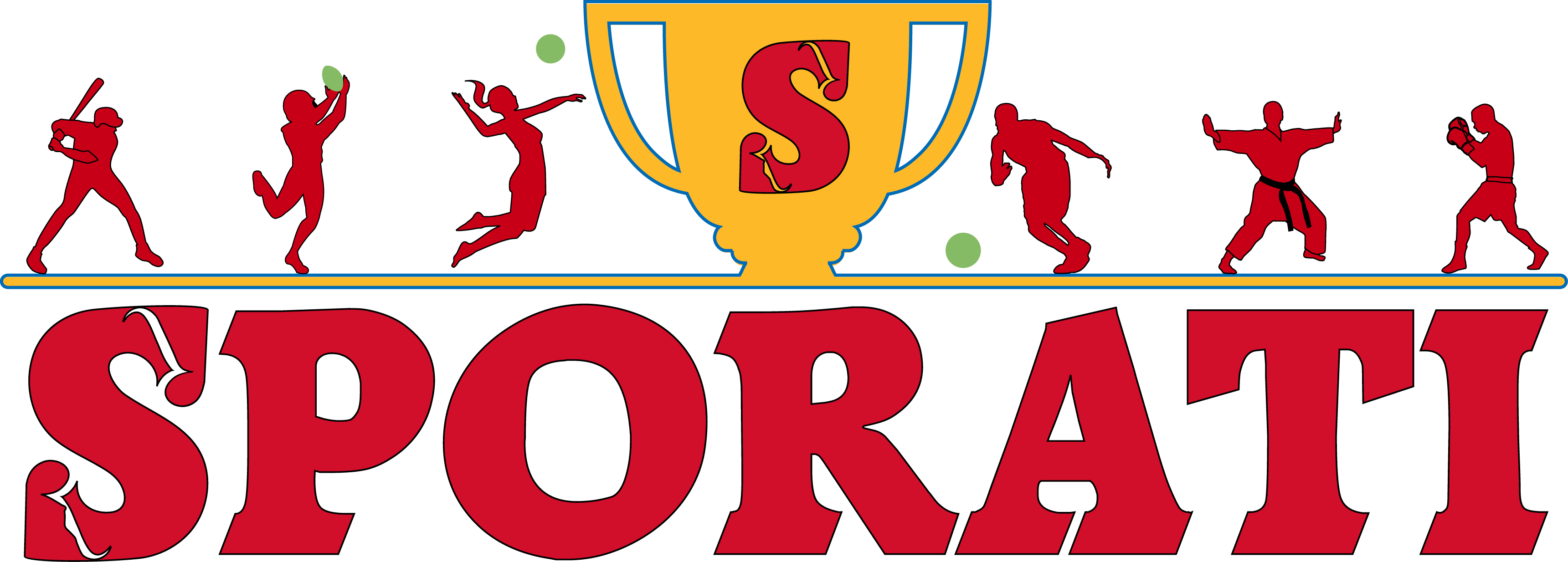Biathlon Olympic Qualification
The stage is set, and the countdown to Milano Cortina 2026 is officially underway. Among the stunning Alpine peaks of northern Italy, the world’s greatest athletes will gather in pursuit of one thing: Olympic glory. But before they take their positions at the starting line, there’s a key hurdle every biathlete must surpassqualification.
The meticulous system for qualifying in biathlon is as intense and multi-layered as the sport itself. From points-earned sprint finishes to national quotas, every fraction of a second counts. Let’s break down the path to Italy for these elite skiers and sharpshooters.
The Road to Milano Cortina 2026
How Does Biathlon Qualification Work?
Biathlon qualification for the 2026 Winter Olympics runs on a performance-based system designed around results in key international races. Think of it as a race before the race. The International Biathlon Union (IBU) spearheads this rigorous process, ensuring fairness while also highlighting the most capable competitors.
Qualification hinges on two major components:
- Quota Allocation: Based on results at the 2024 and 2025 Biathlon World Cups.
- National Selection: Individual nations have the final say on which athletes fill their team spots.
“The birth of a biathlon Olympian? First World Cup points, then national pride, and finally an iconic Olympic race bib.” – A wise coach, probably.
How Many Athletes Can Compete?
For the Milano Cortina Games, the competition format will closely mirror the 2022 Winter Olympics in Beijing. A total of 210 athlete spots (105 men and 105 women) are up for grabs. These slots are distributed across participating nations with quota caps in place. Top-performing nationsthink biathlon powerhouses like Norway, Germany, and Francenaturally secure the maximum allocation of six athletes per gender.
But don’t count out the underdogs! Emerging biathlon teams from nations like Estonia or China also have the opportunity to qualify, adding a layer of global excitement to the sport’s ever-expanding reach.
Key Qualification Events on the Calendar
When should you mark your calendar to track the road to Milano Cortina? Here are the standout events:
- 2024/2025 Biathlon World Cup Season: Athletes accumulate points toward Olympic qualification. It’s a merciless showcase of consistency under pressure.
- 2025 World Championships: A showdown where nations solidify their rankings. Live ammunition, metaphorically and literally, is what this championship is all about.
Pro Tip: Even the tiniest mishap during these critical eventsa misfire or a missed podiumcan derail years of preparation. That’s biathlon, folks.
Breaking Down the Quota Allocation
A Numbers Game
For the Milano Cortina 2026 Olympics, Olympic quotas are awarded to nations rather than individual athletes. Here’s how it works:
- 1st Level of Qualification: Countries are ranked based on their IBU Nation Cup standings. The top-ranked nations secure the most athlete spots.
- 2nd Level of Qualification: For nations not in the top rankings, individual athletes can still secure slots via exceptional World Cup performances.
This system ensures two things: the biggest biathlon nations retain a competitive edge, but smaller nations with breakout athletes can also crash the Olympic party.
The Hosts’ Advantage
As host country, Italy automatically secures one male and one female quota. This ensures local athletes can showcase their skills on home snow, potentially sparking a biathlon renaissance in the region.
“The Milano Cortina Games aren’t just an Italian celebration; they’re a celebration of biathlon’s unrelenting spirit.” – Me, probably after my third espresso.
The Unique Charm of Biathlon
More Than a Sport
For the uninitiated, biathlon combines endurance skiing with the precision of rifle shooting. Imagine speeding through a snowy course with your heart pounding like a sledgehammer, only to drop into shooting position and attempt to calmly bullseye your target. It’s absolute madnessand we love every second of it.
Why Every Second Counts
In biathlon, the stakes are as cold as the snow, but the margins for error are razor-thin. A single missed shot adds penalty loops or timepotentially costing athletes their Olympic dreams. The qualification process channels this same level of cutthroat competition.
What to Watch For in the Lead-Up
As the clock ticks down to February 2026, these are the storylines likely to dominate:
- The Dominance of Norway: Will Johannes Thingnes Bø & Co. continue their reign?
- Rising Stars: Keep an eye out for young talent emerging from smaller nations eager to make history.
- Italy’s Big Moment: Can local athletes rise to the occasion?
Final Thoughts
Biathlon qualification for the Milano Cortina Olympics is a test that mirrors the sport itself: demanding, strategic, and beautifully unpredictable. Whether you’re a seasoned fan or tuning in for the first time, buckle upthe race to the starting gate is just as thrilling as the race itself.
Here’s to the athletes putting in the work now so they can leave it all on the snow in 2026. Let the countdown begin.
Byline: An article brought to you by an award-winning sports journalist who just might be considering taking up cross-country skiing (minus the shooting).

